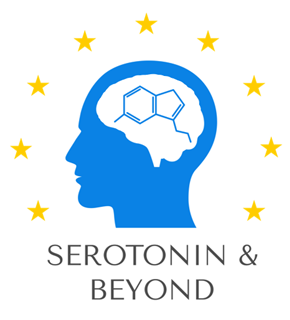Perturbation of Cortical Excitability in a Conditional Model of PCDH19 Disorder
July 21, 2023
PCDH19 epilepsy (DEE9) is an X-linked syndrome associated with cognitive and behavioral
disturbances. Since heterozygous females are affected, while mutant males are spared, it is likely
that DEE9 pathogenesis is related to disturbed cell-to-cell communication associated with mosaicism.
However, the effects of mosaic PCDH19 expression on cortical networks are unknown. We mimicked
the pathology of DEE9 by introducing a patch of mosaic protein expression in one hemisphere of the
cortex of conditional PCDH19 knockout mice one day after birth. In the contralateral area, PCDH19
expression was unaffected, thus providing an internal control. In this model, we characterized the
physiology of the disrupted network using local field recordings and two photon Ca2+ imaging in
urethane anesthetized mice. We found transient episodes of hyperexcitability in the form of brief
hypersynchronous spikes or bursts of field potential oscillations in the 9–25 Hz range. Furthermore,
we observed a strong disruption of slow wave activity, a crucial component of NREM sleep. This
phenotype was present also when PCDH19 loss occurred in adult mice, demonstrating that PCDH19
exerts a function on cortical circuitry outside of early development. Our results indicate that a focal
mosaic mutation of PCDH19 disrupts cortical networks and broaden our understanding of DEE9
